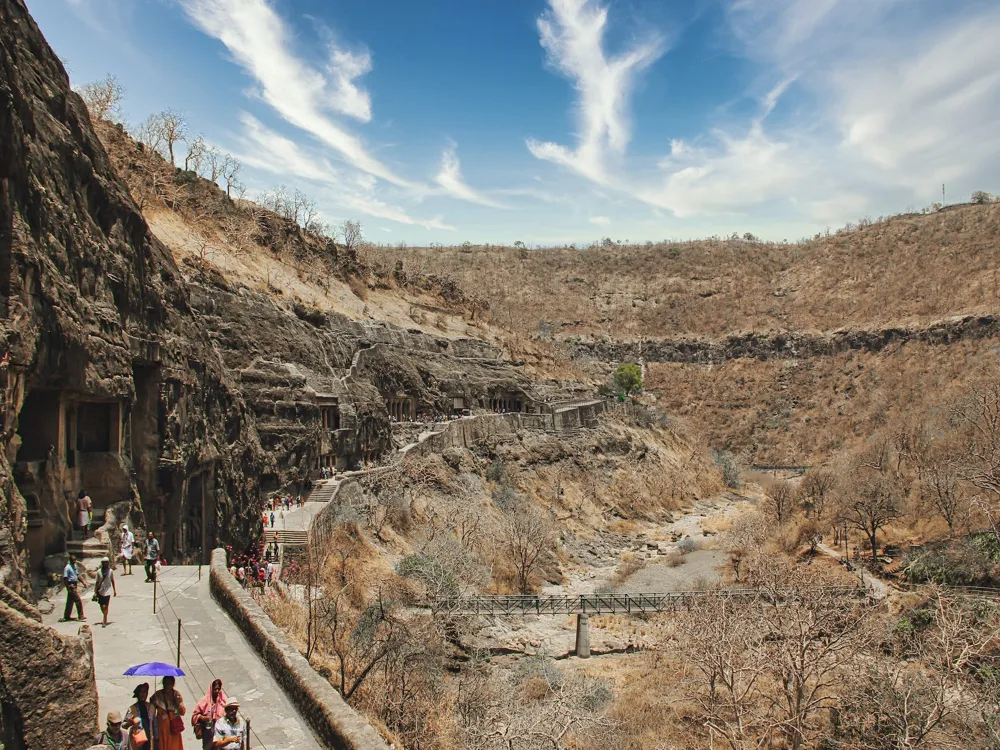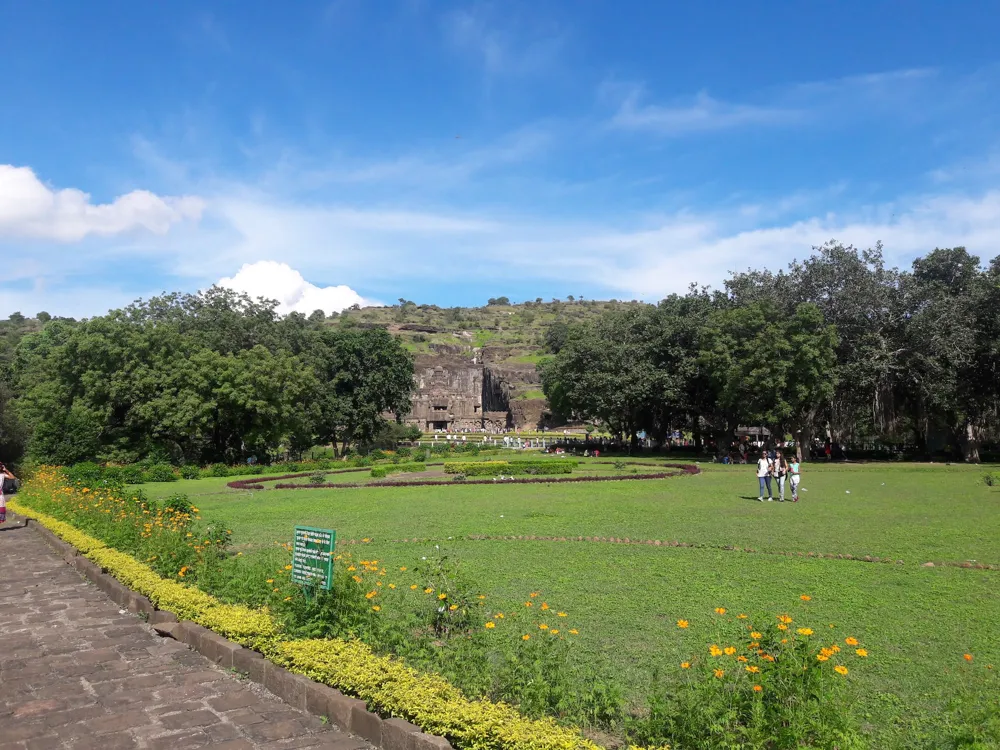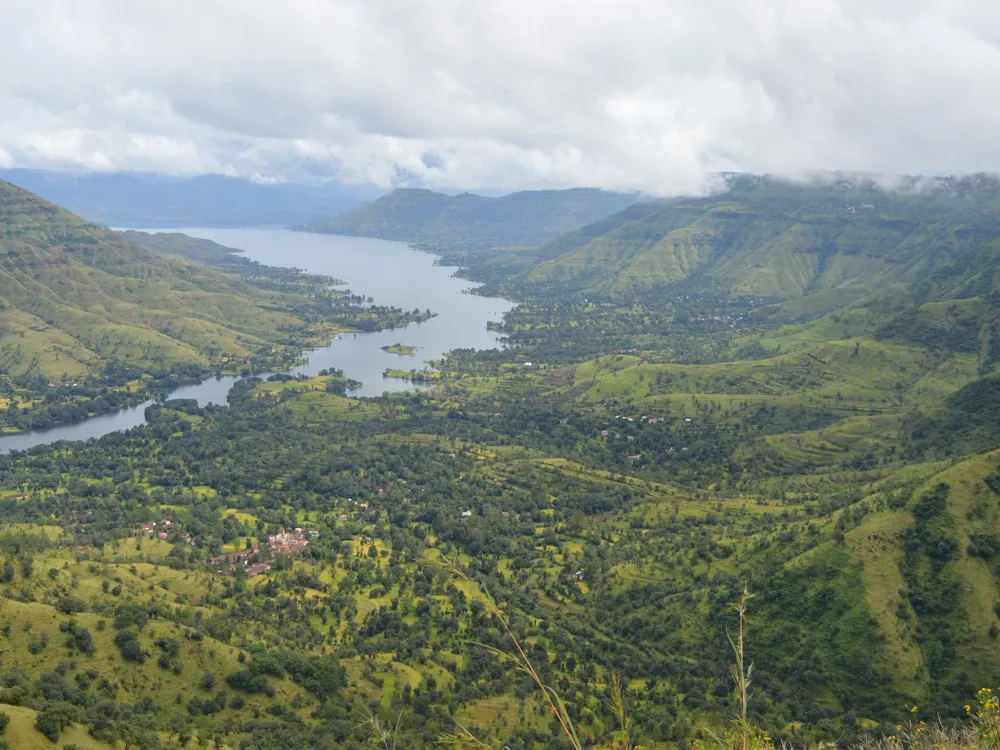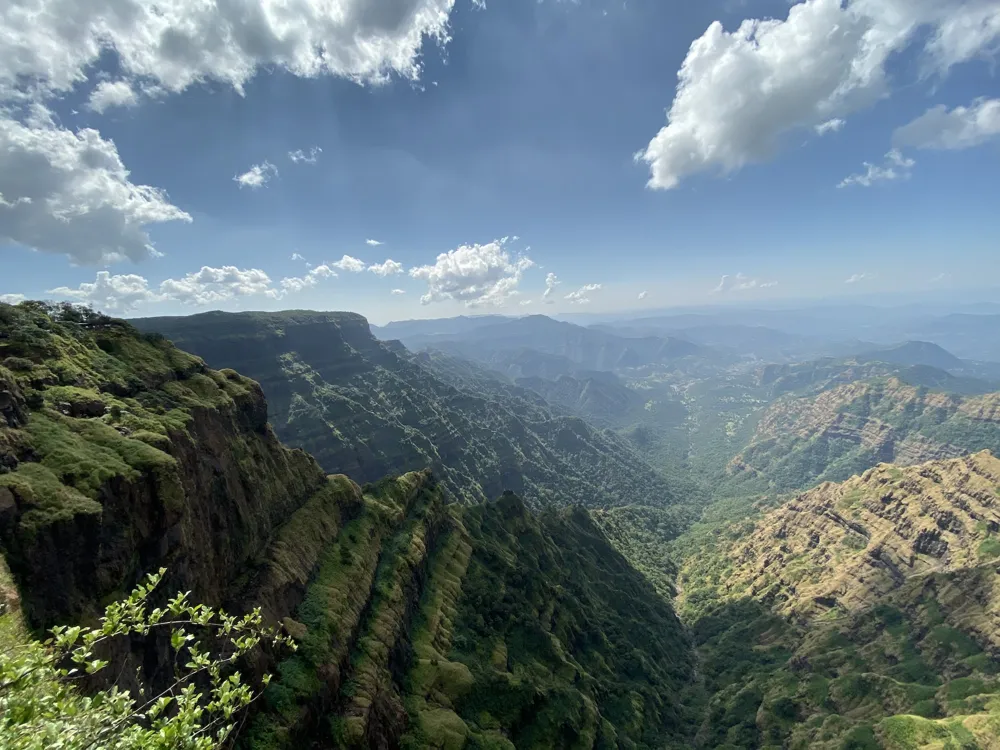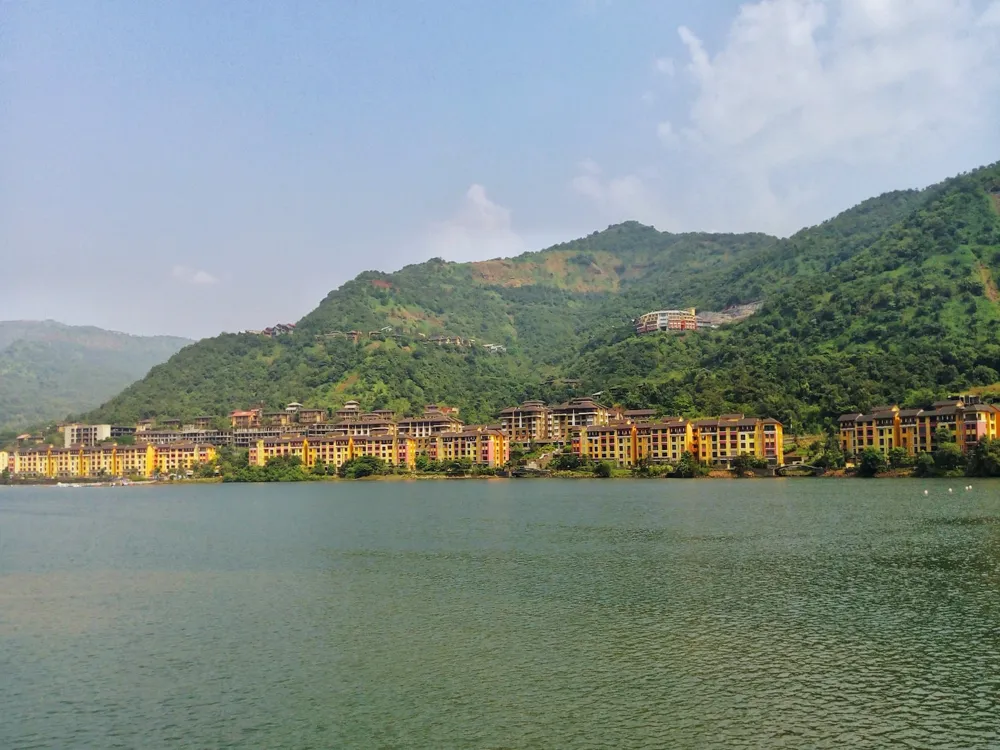Aurangabad, a city in Maharashtra, India, is an embodiment of rich cultural heritage and historical significance. Named after the Mughal Emperor Aurangzeb, the city is renowned as a tourist hub, housing two UNESCO World Heritage Sites: the Ajanta and Ellora Caves. Aurangabad exemplifies a unique blend of ancient history and modern development. The city's foundation dates back to 1610 when it was established as a trading hub. Over the years, Aurangabad has evolved, preserving its historical essence while adapting to contemporary advancements. The city's landscape is dotted with historical monuments, reflecting the architectural prowess of its past rulers. Among these, the Bibi Ka Maqbara, often referred to as the 'Taj of the Deccan', stands as a testament to Mughal architecture's beauty and intricacy.
Besides its architectural marvels, Aurangabad is famous for its vibrant culture. The city celebrates various festivals with great zeal, showcasing traditional music, dance, and cuisine, deeply rooted in Maharashtrian culture. Aurangabad's local cuisine, particularly its mouth-watering dishes like Naan Qalia and Tahri, offers a gastronomical delight to visitors. The city also serves as a gateway to explore the wider region of Maharashtra, known for its scenic landscapes, rich history, and diverse cultures.
The influence of Goa, another prominent region in Western India, is subtly present in Aurangabad's culture and lifestyle. Goa's Portuguese heritage, combined with its coastal charm, contrasts with Aurangabad's inland, Mughal-influenced character. However, the amalgamation of these diverse cultural influences is evident in Aurangabad's culinary diversity, fashion, and the occasional Goan music and dance events that take place in the city.
The architecture of Aurangabad is a visual chronicle of its rich history. The city's architectural landscape is a blend of various styles, predominantly influenced by Mughal and Maratha designs. The Ajanta Caves, dating back to the 2nd century BCE, are renowned for their rock-cut Buddhist cave monuments which feature exquisite paintings and sculptures. These caves are an exemplary illustration of ancient Indian art and architecture.
The Ellora Caves, another architectural marvel, represent the confluence of Buddhist, Hindu, and Jain cultures. These caves are famous for their monumental sculptures and the Kailasa Temple, carved out of a single rock, which is considered one of the largest monolithic structures in the world. The Daulatabad Fort, with its imposing structure and intricate defense mechanisms, showcases the military architecture of medieval India. The Bibi Ka Maqbara, built in 1660 by Aurangzeb's son, is a symbol of Mughal architecture's elegance, often likened to the Taj Mahal. Its intricate designs, carvings, and the overall structure reflect the zenith of Mughal architectural excellence.
The ideal time to visit Aurangabad is between October and March when the weather is pleasant, making it conducive for sightseeing and exploration. Auto-rickshaws and taxis are readily available for local travel. For a more authentic experience, consider hiring a guide or joining a local tour group. Respect local customs and traditions. Dress modestly when visiting religious sites and always ask for permission before photographing people.
Aurangabad is well-connected by air, rail, and road. The Aurangabad Airport has flights from major Indian cities. The city's railway station is a key junction, linking it to various parts of the country. Road connectivity is also robust, with a network of national and state highways connecting Aurangabad to neighboring cities and states.
Overview of Aurangabad, Maharashtra
Goa's Influence on Aurangabad
Architecture of Aurangabad
Tips When Visiting Aurangabad
Best Time to Visit
Local Transport
Cultural Etiquette
How To Reach Aurangabad
Naukhanda Palace
Aurangabad
Maharashtra Goa
NaN onwards
View aurangabad Packages
Aurangabad Travel Packages
View All Packages For Aurangabad
Top Hotel Collections for Aurangabad

Private Pool

Luxury Hotels

5-Star Hotels

Pet Friendly
Top Hotels Near Aurangabad
Other Top Ranking Places In Aurangabad
View All Places To Visit In aurangabad
View aurangabad Packages
Aurangabad Travel Packages
View All Packages For Aurangabad
Top Hotel Collections for Aurangabad

Private Pool

Luxury Hotels

5-Star Hotels

Pet Friendly







